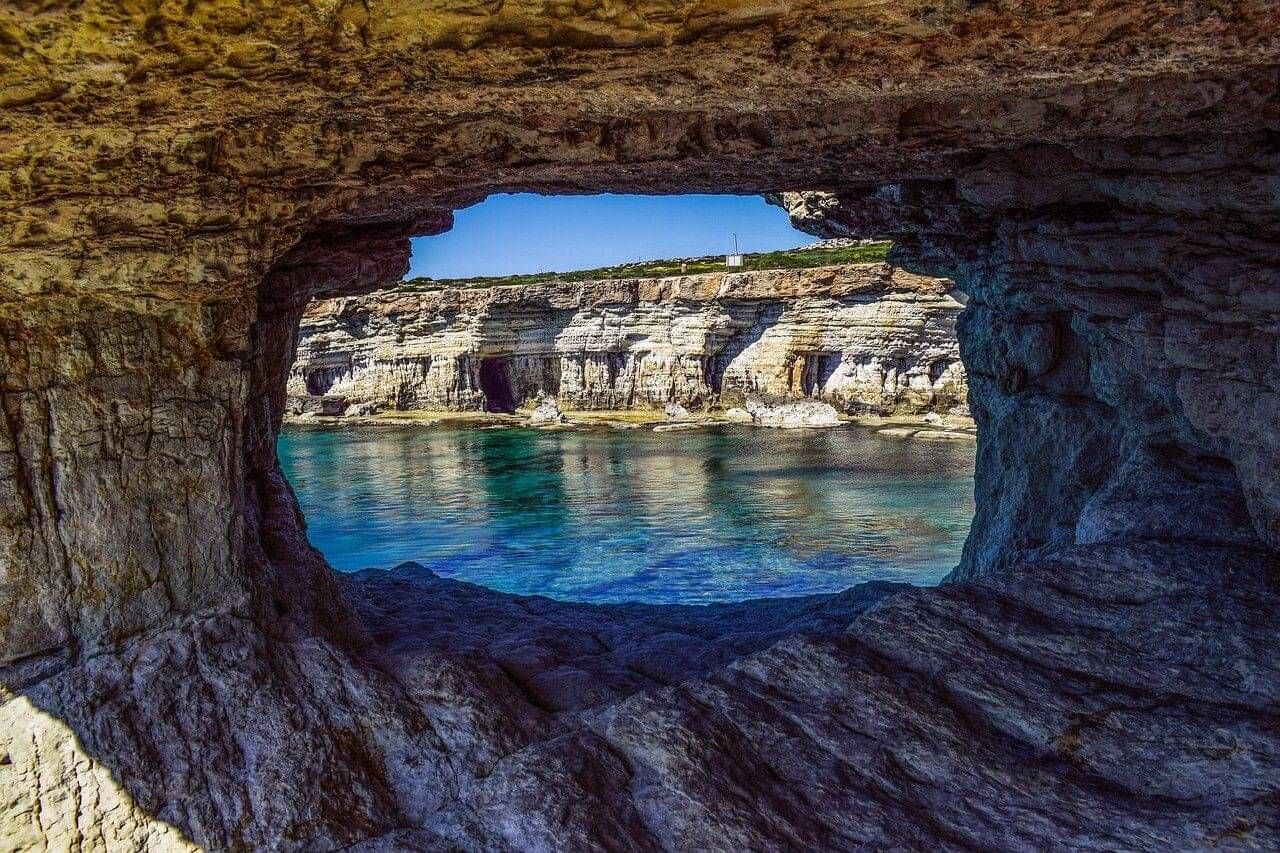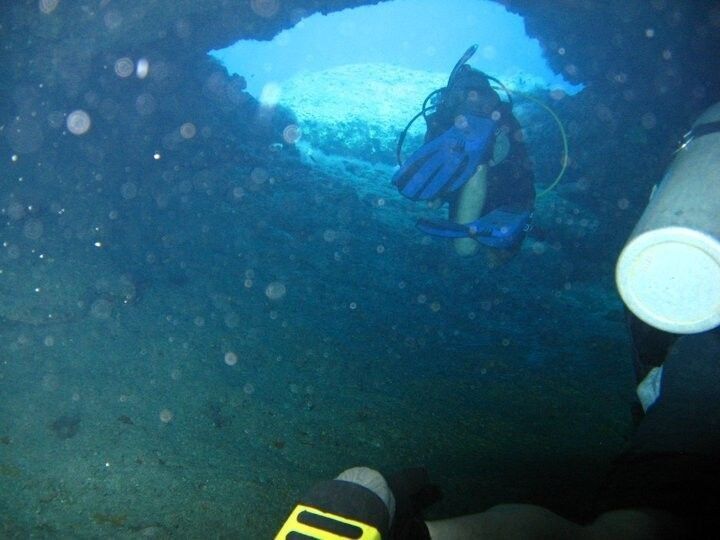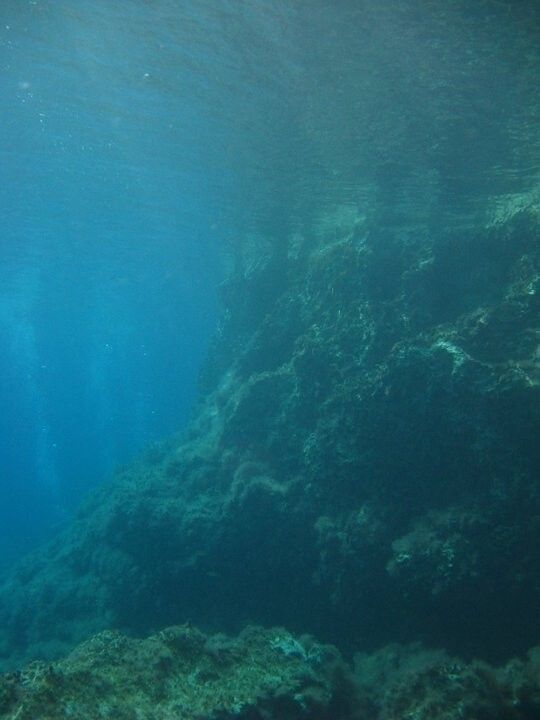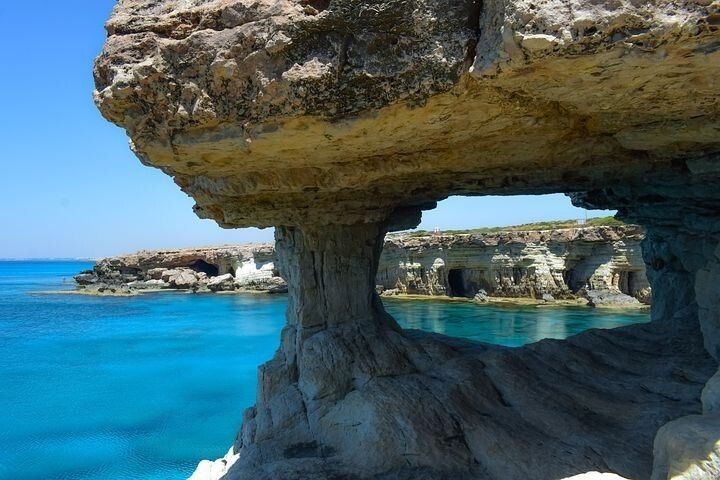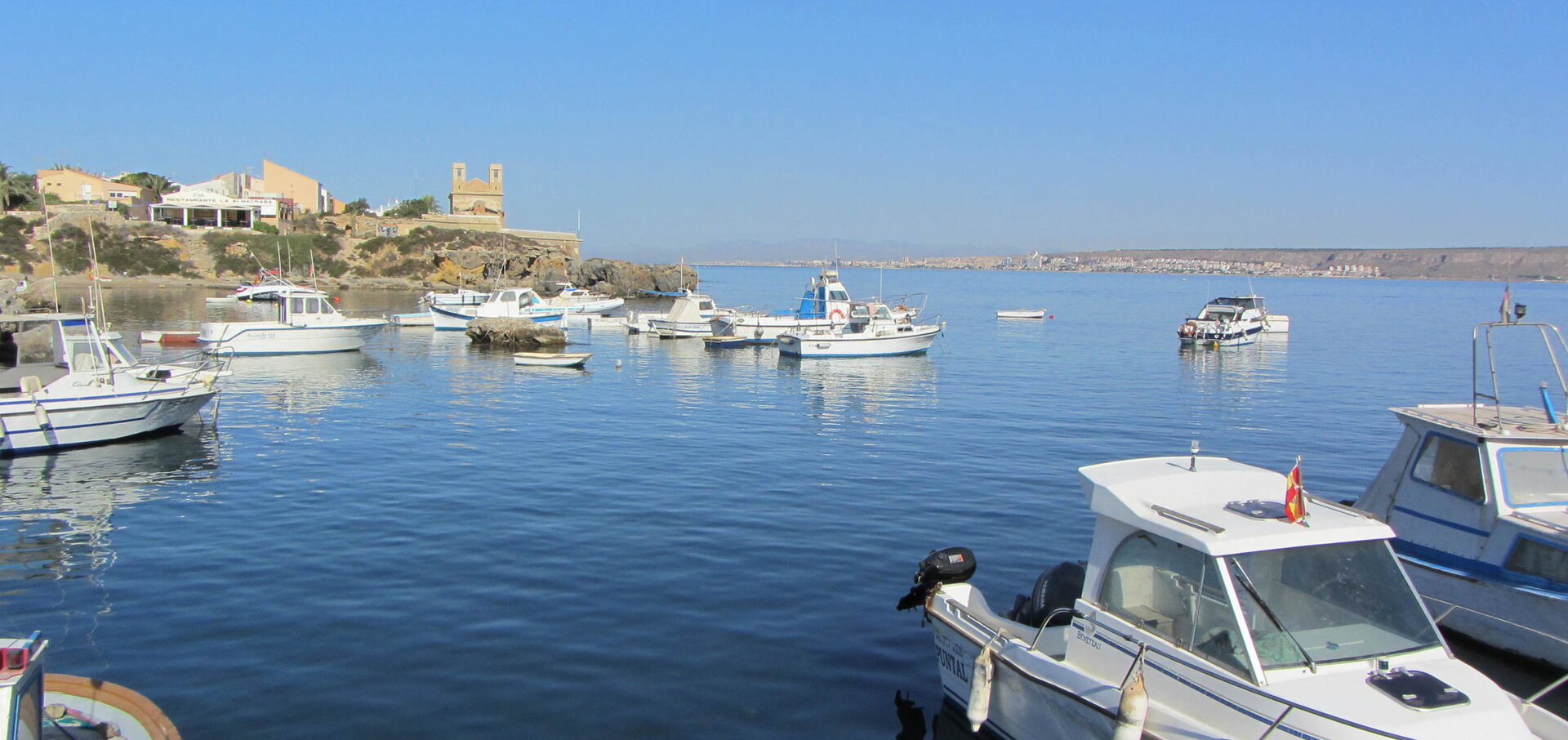Cyprus
About:
Civilisations have lived in Cyprus for up to 9000 years ago, and as such it has created an island with a colourful history, lots of ancient tourist attractions and interesting diving topography. Cyprus is the third largest island in the Meditteranean sea. It is recommended that you complete a qualification in wreck diving if you want to visit Cyprus for specifically wreck diving (it is impressive!) as a few of the wrecks can be quite challenging if you wish to see all of it. There are plenty of different dive sites that offer brilliant wrecks - both modern and ancient.
In 1971, Cyprus was the first country located in the Mediterranean to pass legislation to protect the endangered species of turtles, seals and dolphins indigenous to their waters. Furthermore, the government created The Cyprus Turtle Conservation Project in 1990 - it was also a first for the Mediterranean!
When:
Diving in Cyprus can be year round, however the recommended best time to dive in Cyprus is March to November. During this time the sea is much calmer, allowing for clear visibility - 20-35+metres. Cyprus has one of the longest dive seasons in the Meditteranean.
Whilst Cyprus is sunny the majority of the year, January is quite a wet month and Winter storms can affect diving logistics - mainly temperature and visibility. In Winter, the air temperatures tend to range between 10-15℃ and in Summer it rises to 25-35℃. Water temperatures range between 16-27℃ during the recommended dive season, and slightly cooler outside of that.
Getting there:
Cyprus has 2 international airports, and is about a 4 and a half hour flight from the UK - airlines offer many direct flights a day. It’s very similar to travelling from Europe too - you can get direct flights from most regional airports.
Diving:
Diving in Cyprus offers a mix of shore and boat diving. There are a few different dive centres that offer guided diving; oppositely there is also enough shore diving if you’d rather go solo. It is also a place known for being a good place for beginners to start diving - as 90% of the year there is clear visibility and calm waters. Warm waters make for comfortable diving too - and it only gets more fun from there onwards!
As previously mentioned, Cyprus has an abundance of wrecks just waiting to be explored. The most famous is the Zenobia - it has been ranked in the top 10 by many (including The Times) for wreck diving worldwide. The Zenobia is accessible to all types of divers. It offers simple wreck diving at 16m for newly qualified divers; it advances to a slightly more complicated diving experience inside of the upper car deck and then its difficulty peaks at being able to dive within the lower car deck or the engine room (this is only suited to experienced, confident divers).
Off of Paphos, you can find the Amphorae Caves. It’s a popular dive site as you can see ancient Amphora pottery that is still intact, and it has a lot of different caves to explore. Its max depth is 12m. It is also visited by an abundance of different fish species - it ticks a lot of boxes!
It also offers a fair amount of night diving, as a few popular dive sites can be reached from the shore - a favourite of many is the Chapel.
Marine life:
Diving in Cyprus you can expect crustaceans: Octopus, eels and lots of bream, bass and groupers on the reefs of Cyprus. In deeper waters you may encounter dolphins, baskings sharks and even manta rays. There are a couple of species of turtle you may encounter - especially during their breeding season. There’s also a wide variety of soft and hard corals and sponges.
Who to dive with:
EZ Divers

